Classification and characteristics of submersible slurry pumps
Submersible slurry pumps can be classified into differe [...]
Submersible slurry pumps can be classified into different categories based on their installation and design. Here are the classifications and characteristics:
Vertical Submersible Slurry Pump:
- Also known as a submersible slurry pump or an underwater slurry pump.
- Installed below the mounting plate, with the motor located above the mounting plate.
- Can have a direct drive, where the motor shaft and pump shaft are in the same vertical line and connected through a coupling, or a belt drive.
- Common series include SP series and ZJL series, both of which feature a single-stage, single-suction, single-casing structure.
- Components include impeller, volute casing, rear liner, support frame, bearing assembly, etc. The impeller, volute casing, and rear liner are often made of high-chrome alloy material, while the flow parts of the SP series can also be made of natural rubber.
- As the pump operates submerged in the liquid, it doesn’t require sealing, making it simple to use, convenient, and requiring less maintenance.
- Can operate even when the incoming slurry supply is insufficient.
Extended Shaft Design:
- To accommodate different submergence depths, both the SP series and ZJL series offer extended shaft options.
ZJL Series:
- Compared to the SP series, the ZJL series has a slightly higher head (pressure).
- Often selected for applications with higher head requirements.
Both series of slurry pumps can be equipped with an agitator wheel at the bottom to stir the slurry and prevent settling of solid particles.

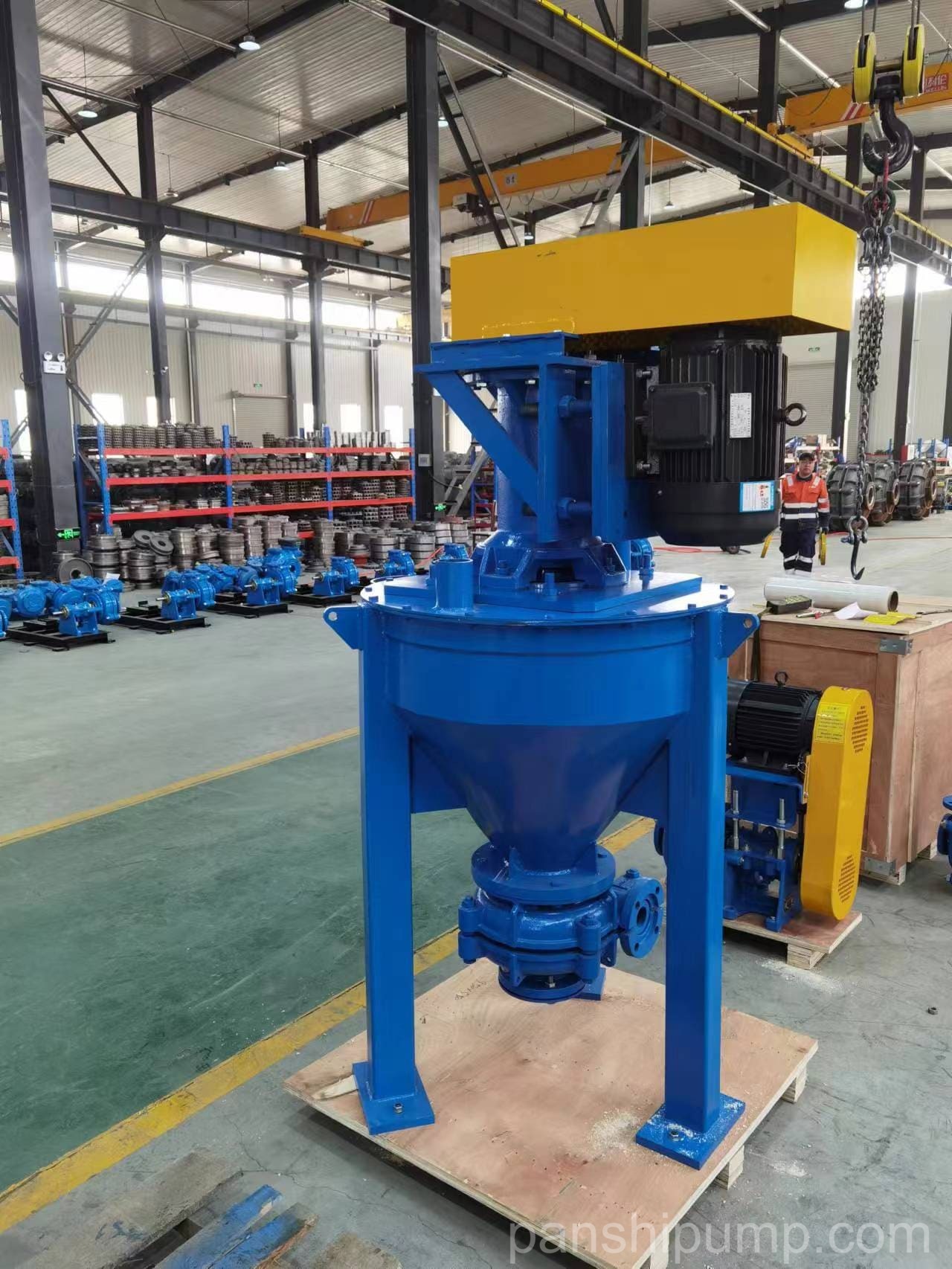
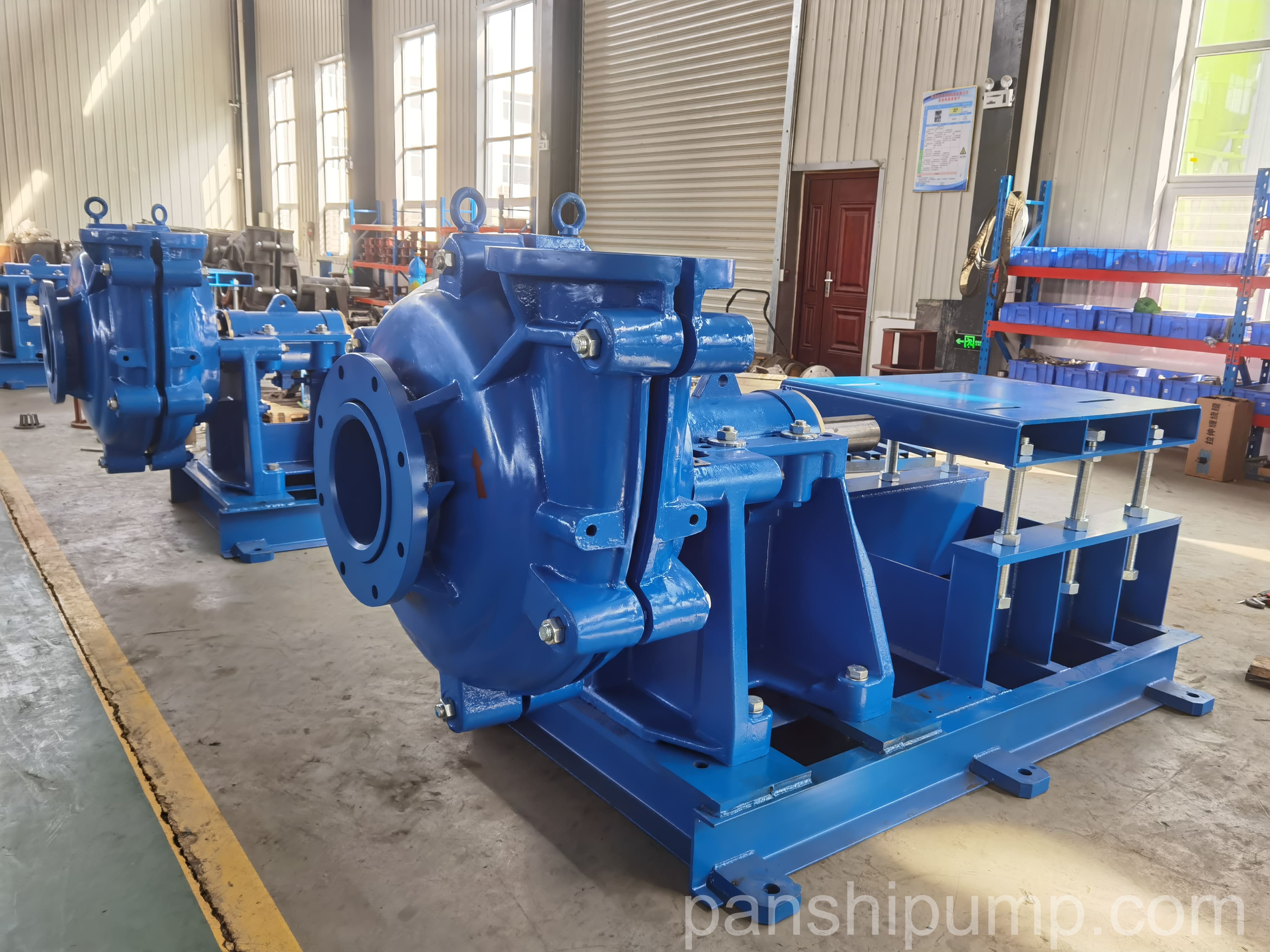
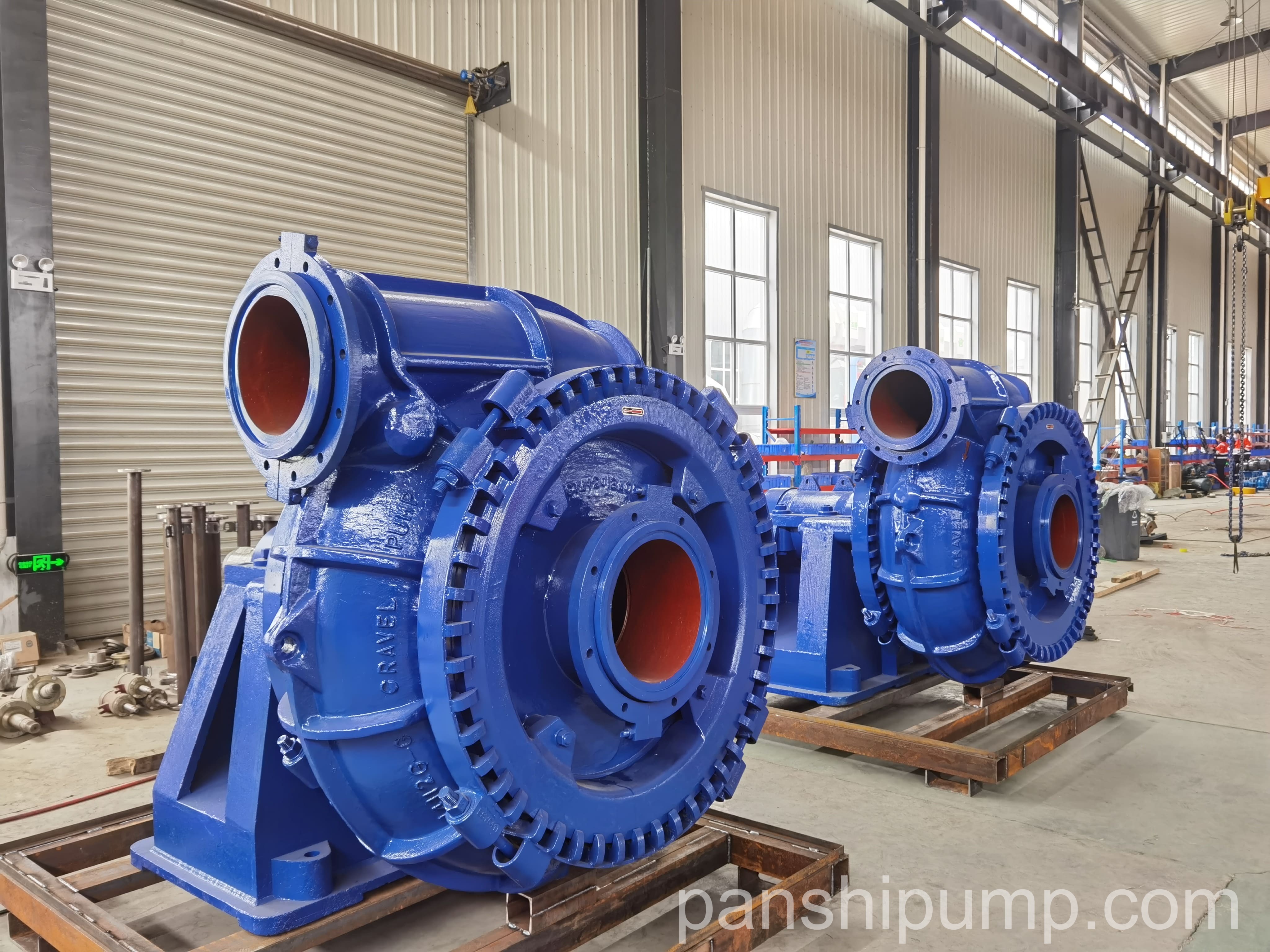
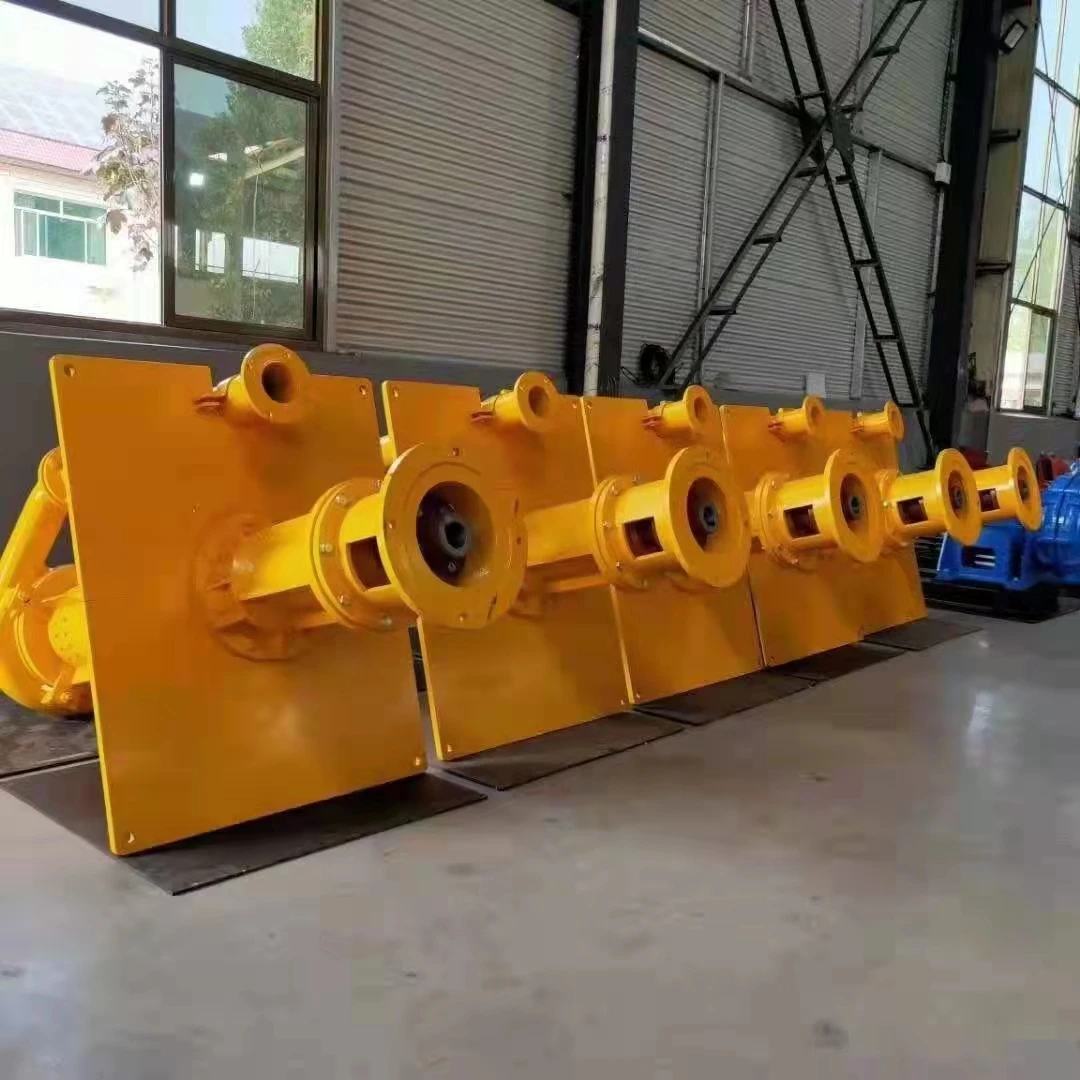
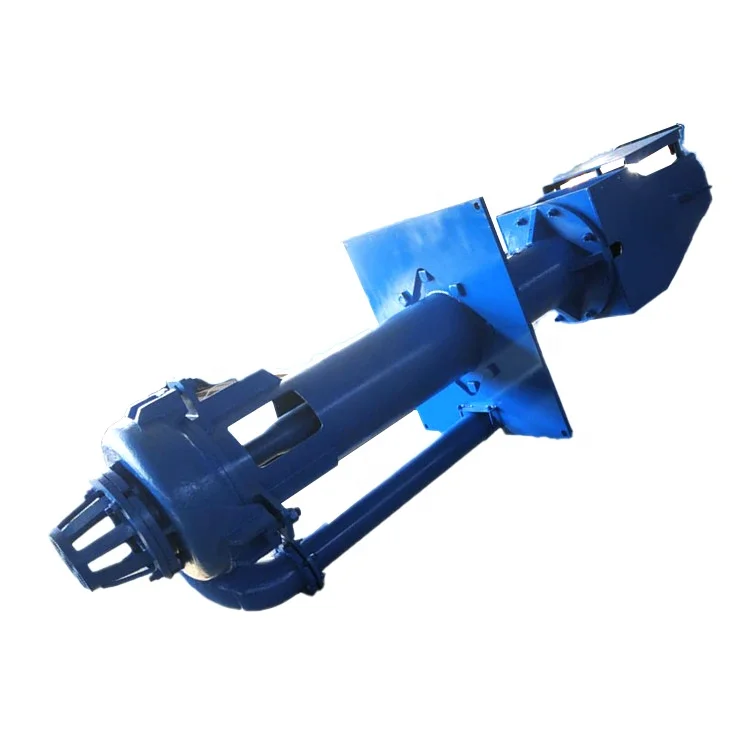
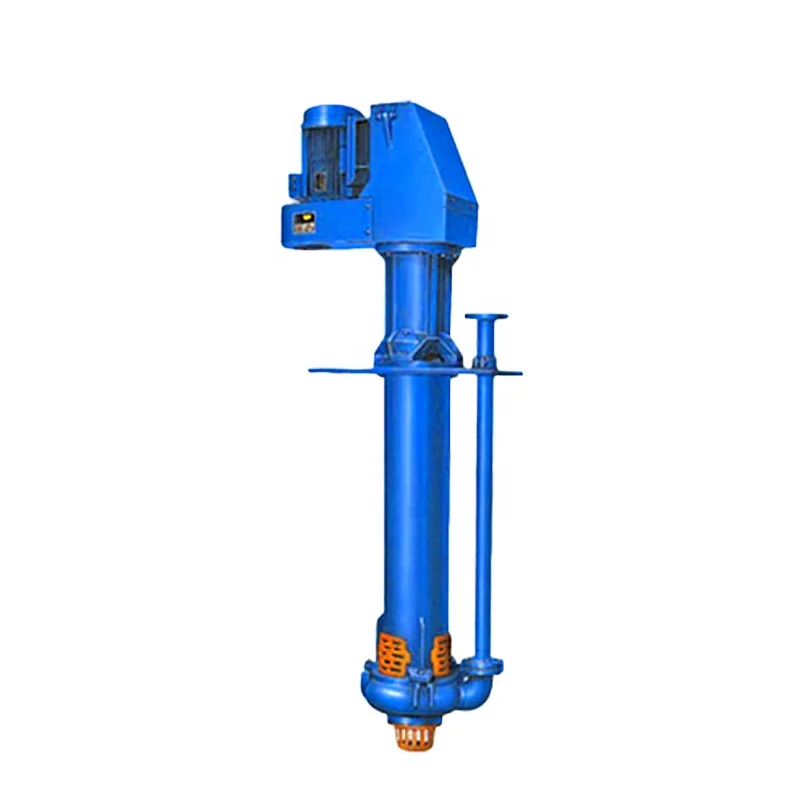
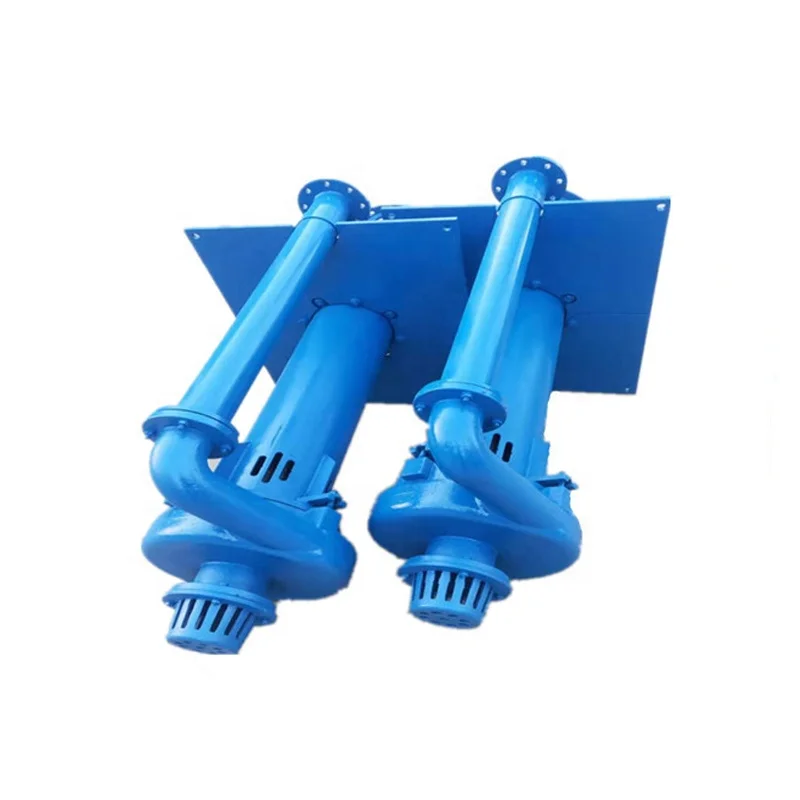
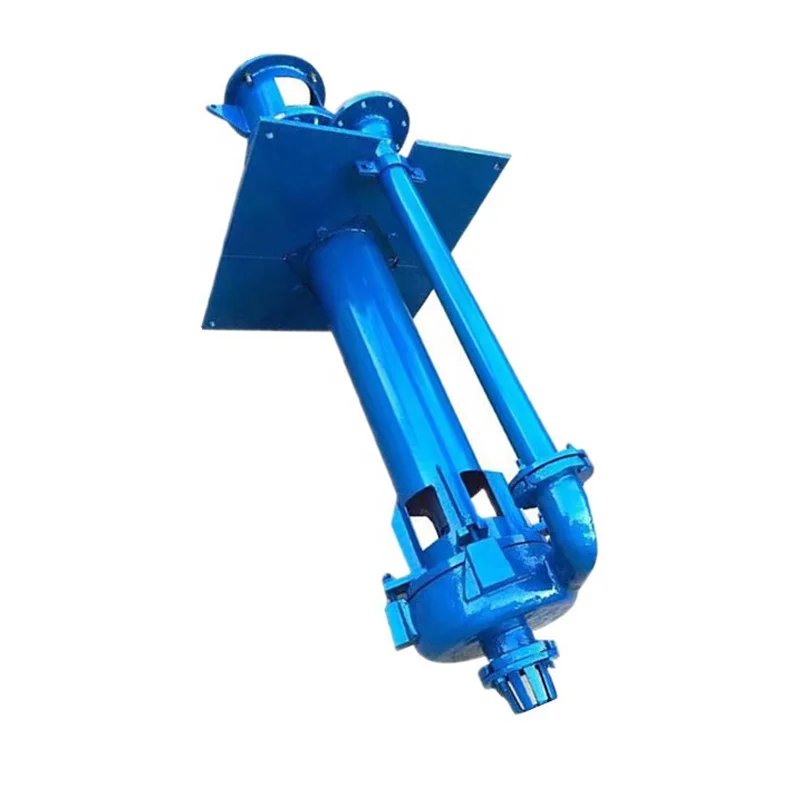
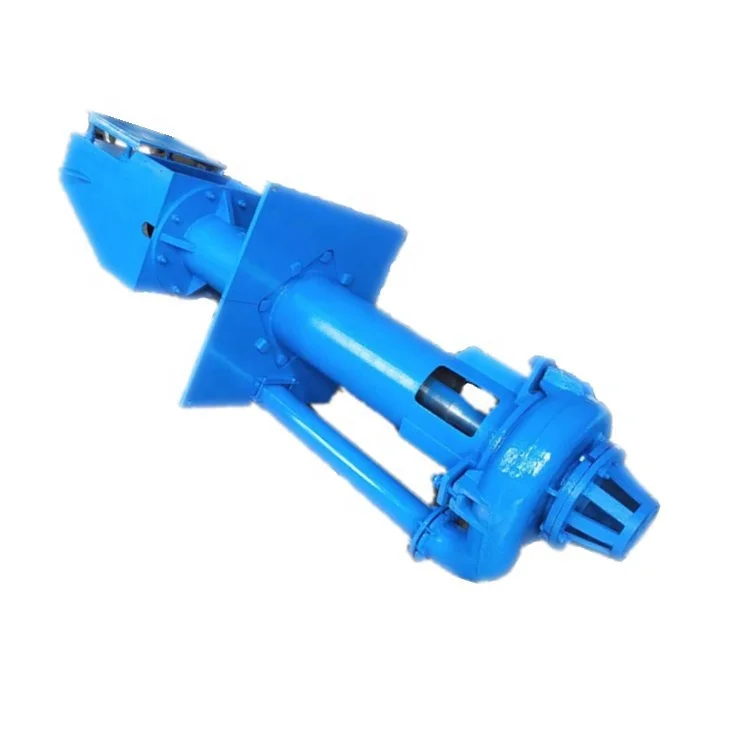
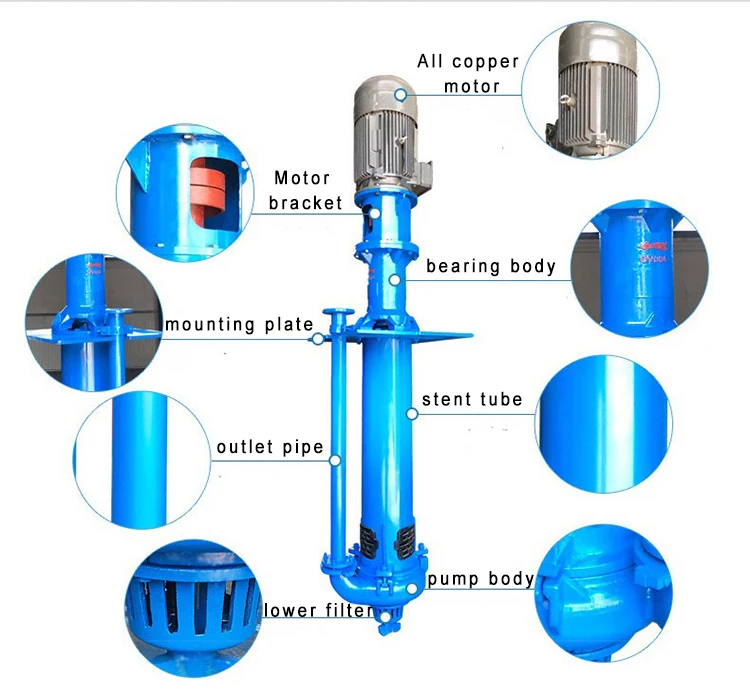
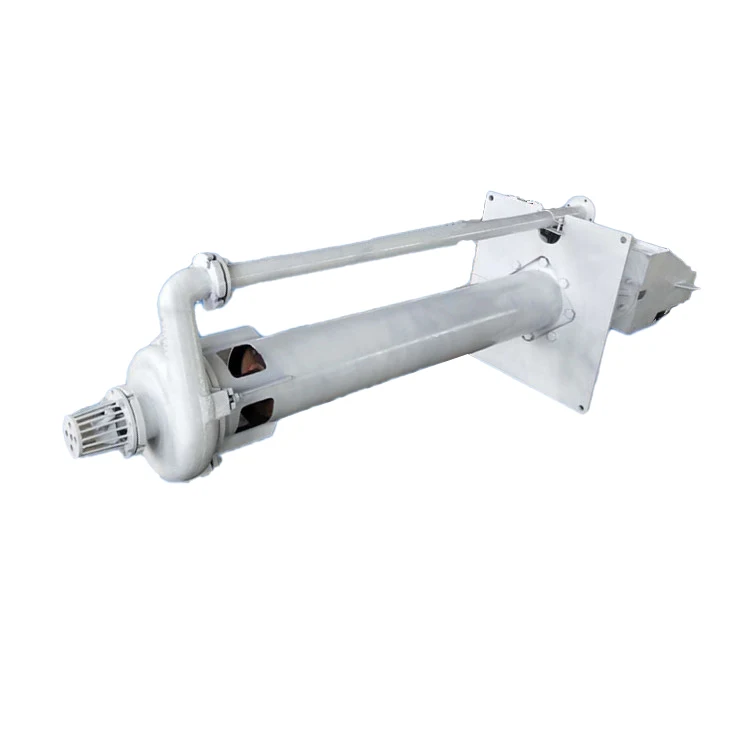
Please login to write a comment after